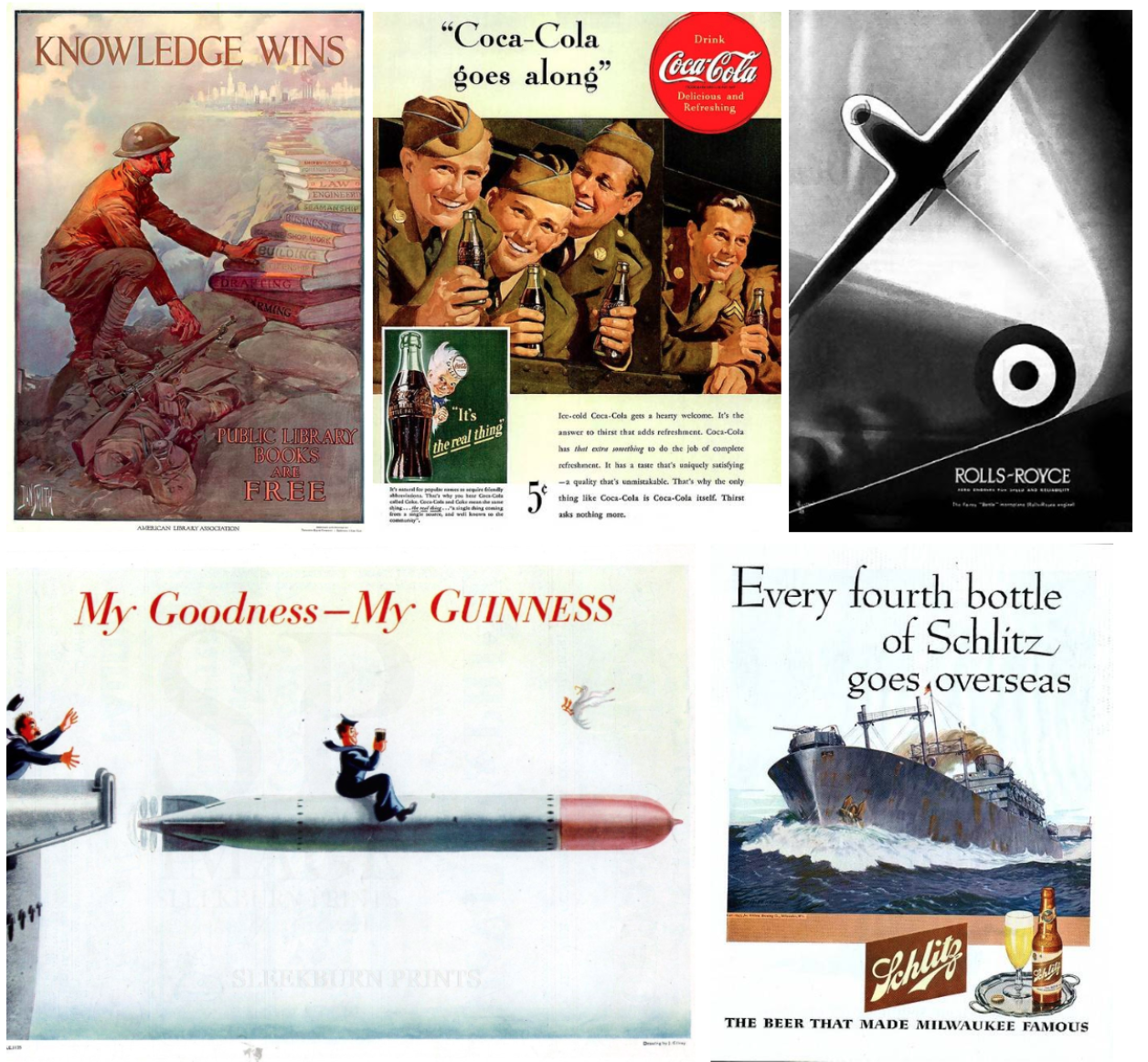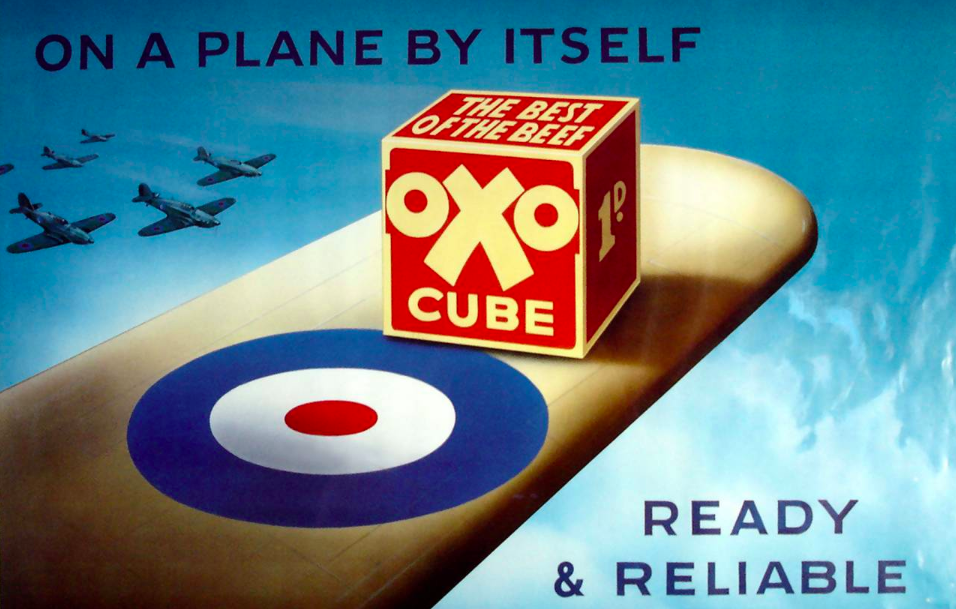
We need to talk about that 'every covid-19 commercial is the same' video
Robert Meiklejohn
21/04/2020
THERE ARE ABOUT 421 MILLION ISSUES FOR BUSINESSES TO SORT OUT RIGHT NOW DURING THE PANDEMIC. WHAT HAPPENS WHEN THAT STARTS TO DIE DOWN AND EVERYWHERE REOPENS. WHERE SHOULD BRANDS PRIORITISE, WHAT WILL CONSUMERS PRIORITISE? BEN SHAW, BBH LONDON HEAD OF STRATEGY, SUGGESTS IT’S THE BASIC PROMISE OF DELIVERING WHAT YOU SAY YOU WILL. IS TRUST THE POST PANDEMIC BRAND BATTLEGROUND?
Ok, let’s get the caveats in first. Yes, the sad piano music is way overused. Yes, many brands decided that dramatic footage of empty public places was too powerful not to use (and then overuse). And yes there are many pleas to heritage and claims of emotional support that don’t feel earned.
At BBH we talk about ourselves as Black Sheep. We are always looking for cliches and tropes that we don’t want to fall into – zigs against which we can Zag. There’s plenty of those in this video.
But, but, but…
There’s a few reasons why this isn’t quite the creatively bankrupt shit show it’s being framed as.
Firstly, I’m not trying to throw any shade but I think it’s fair to say that the stylistic differences between the American and UK/EU ad markets are such that even in normal times you could make a supercut of sentimental US ads that feel jarring to a UK/EU audience.
Next, when it comes to language words like “now” “today” “together” “we’re here” aren’t exactly that unusual – cutting them together makes these ads sound more similar than they are. It’s interesting that an industry full of experts in how to highly manipulate video editing to land a specific message doesn’t always seem to spot that technique in the wild.
Also, is it really that surprising that some of the same words are being used? The phrase “Uncertain/difficult times” is a good catch all term for this crisis. Whether you take your writing tips from Ogilvy or Orwell it’s clear that absolute clarity of meaning is very important – especially in “uncertain times”. This is why we see so many ads going with the simplest, clearest word choice and mimicking each other. In times of crisis it’s useful to have shared terminology. If you need to say “war effort” then say “war effort”. Loose synonyms cost lives… or something.
Finally, advertising is trying to reflect, intersect with, and occasionally shape, culture. In a moment where there’s an unprecedented narrowing of global culture and human experience it is not surprising to see that reduced vision (or is it a tighter focus?) reflected in advertising. That the industry has turned around this work despite unprecedented practical and emotional challenges is remarkable. Whilst this may lead to certain new tropes and a few suspect executions the overall body of work deserves more consideration and context than a quick supercut video.
Putting these ads into historical context
Whether you buy the argument above or not I think it’s fair to say that it may be too early to properly assess this work. Maybe we should think about what these adverts will look like in 1 year, 10 years or even 50 years. Which of our current criticisms will still hold up then? With that in mind here’s a thought experiment. I’ve been taking a look at some old WW2 adverts (linky, linky). It’s fair to say that in this work there’s a lot of similarities on show.
Soldiers, planes, tanks and battleships are everywhere with words like “win” “war effort” “attack” “fighting” repeated again and again. But I’m not sure this means all of these are bad adverts, or that a lack of creative thought and skill went into making them. The similarities in War advertising came together to create an iconic aesthetic that is still recognisable and positively thought of 70 years later. Furthermore, within this aesthetic there remains a great diversity of artistic execution and hugely imaginative copywriting on show.
Will the current batch of Corona work come to be regarded in the same way as these adverts? Maybe. Maybe not.
Should we be pushing to challenge the status quo and find a “difference that makes a difference”? Of course we should and will.
But we also shouldn’t be too quick to condemn an entire creative industry, and a historically significant explosion of new creative work, based on a video supercut that doesn’t reflect the actual quality of the work or the cultural context it exists within.
Of course the most exciting thing is what comes next. It’s hard to stand out and be different when a new normal is still emerging. However, as we start to better understand the shape of the new world we are entering we will see the best advertisers build on this strong base and start to push their creative response to the crisis into new, more diverse territories.
—
Postscript: When looking back on wartime advertising it’s interesting to see how brazen some advertisers were about crowbarring in their product. I’m fairly sure in today’s twittersphere Oxo would’ve been #cancelled for this effort…
“Dash it all, Oxo client’s been on the blower again. They want to know if we can make the bally cube bigger…”


